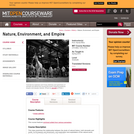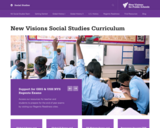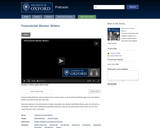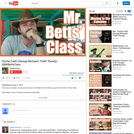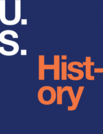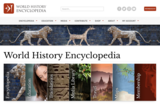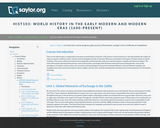
This lesson provides an overview of Hawaiʻi’s history as a kingdom, the development of the plantation economy in the 19th century, and the shift to statehood in the 20th century. Since the overthrow of the Hawaiian monarchy in 1893, Native Hawaiians have been seeking sovereignty from the United States. And with the gradual influx of Asian immigrants to the island as laborers to work on sugar plantations, Native Hawaiians have seen their island’s population change, and with it, a shift in the economic and political dynamics between the indigenous people and Asian Americans.
2021 Social Science Standards Integrated with Ethnic Studies:
Civics and Government: 6.4, 7.5, HS.7, HS.9, HS.10, HS.11
Economics: 7.8, 8.14, HS.17
Historical Knowledge: 6.20, 8,25, HS.53, HS.60, HS.61, HS.63, HS.64, HS.65
Historical Thinking: 6.23, 7.25, 8.31, 8.32
Social Science Analysis: 6.24, 6.27, 6.28, 7.27, 7.29, 7.30, 8.36, HS.71, HS.72, HS.74, HS.78
- Subject:
- English Language Arts
- History
- U.S. History
- Material Type:
- Lesson Plan
- Author:
- The Asian American Education Project
- Date Added:
- 02/01/2023
